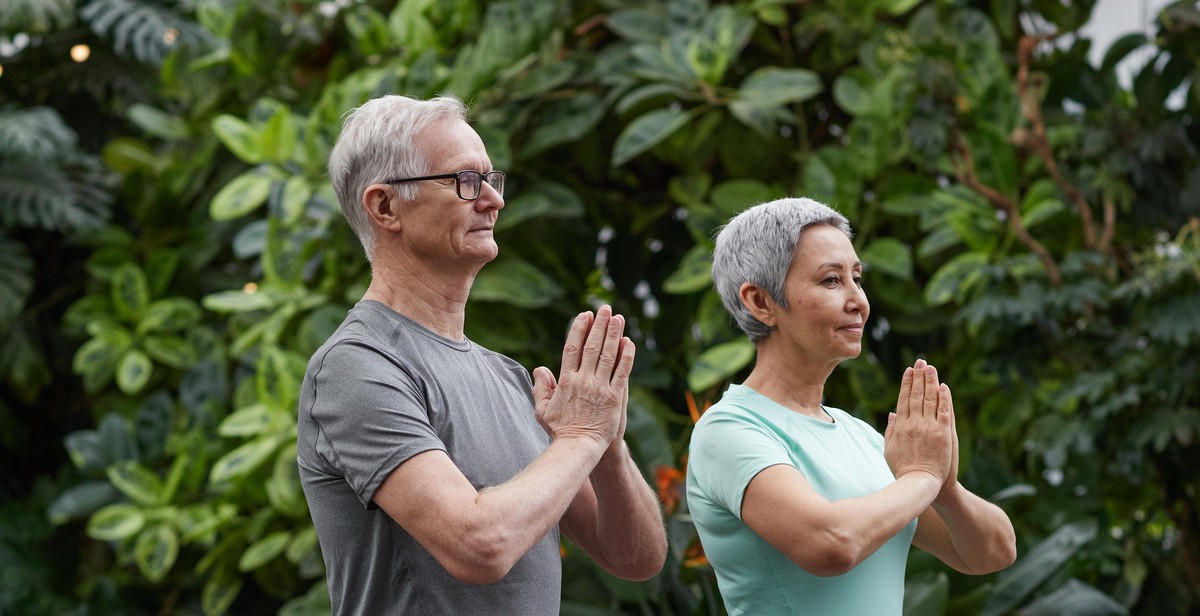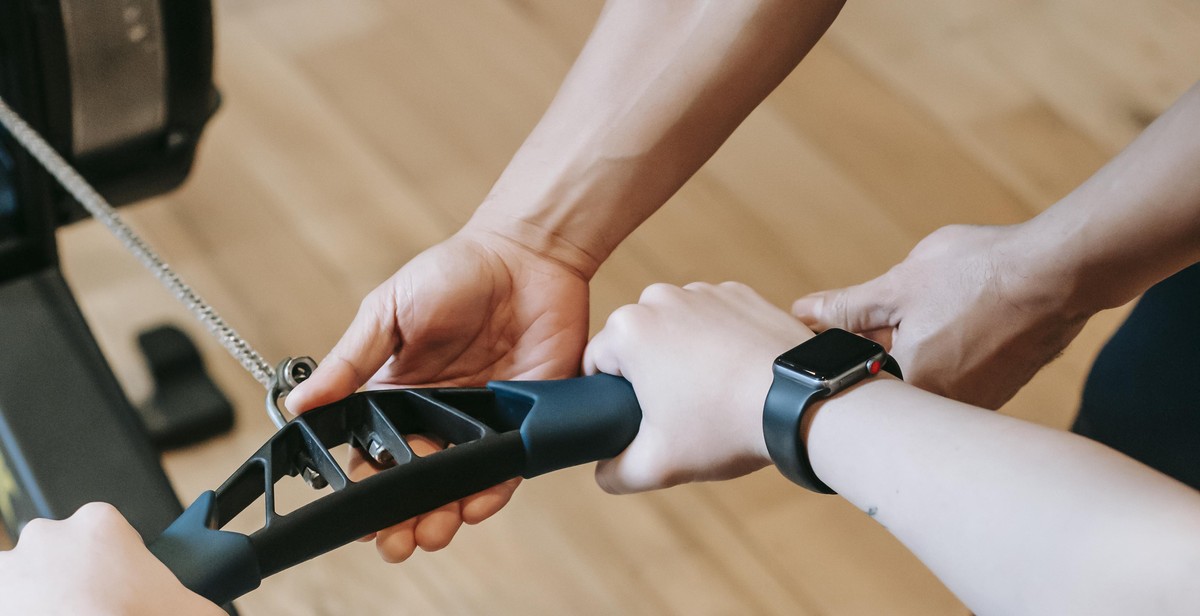How to Sing with Proper Posture: Improving Breath Control and Tone
Singing is an art that requires not only talent but also proper technique. One of the most important aspects of singing is maintaining proper posture, which can greatly improve breath control and tone. In this article, we will explore the benefits of proper posture when singing and provide tips on how to achieve it.
The Importance of Posture
Posture is crucial when it comes to singing. Proper posture allows the singer to breathe deeply and fully, which enables them to produce a rich and powerful sound. It also helps to prevent strain on the vocal cords and reduces the risk of injury.
Additionally, good posture can improve the singer’s confidence and stage presence. A singer who stands tall with their shoulders back and head up is more likely to engage with their audience and deliver a captivating performance.
How to Achieve Proper Posture
There are several key elements to achieving proper posture when singing:
- Stand with your feet shoulder-width apart
- Keep your shoulders back and down
- Lift your chest and engage your core muscles
- Tuck your chin slightly to align your head with your spine
Remember to breathe deeply and fully, allowing your diaphragm to expand and contract with each breath. With practice, maintaining good posture will become second nature, and you’ll notice a significant improvement in your breath control and tone.
The Importance of Proper Posture
Proper posture is essential for singers to achieve optimal breath control and tone production. Your posture affects your ability to breathe deeply and evenly, and to support your voice with the necessary muscles. Maintaining good posture also helps to prevent strain and injury to your vocal cords and surrounding muscles.
Why Posture Matters
Posture is the foundation of proper singing technique. When you stand or sit with correct posture, your body is aligned in a way that allows for efficient breathing and vocal production. Good posture also helps to maintain the natural curvature of your spine and prevent unnecessary tension in your neck and shoulders.
On the other hand, poor posture can lead to a range of issues that can affect your singing ability. For example, slouching can compress your lungs and restrict airflow, making it harder to take deep breaths and support your voice. Similarly, hunching your shoulders or tilting your head forward can strain your neck and throat muscles, leading to vocal fatigue and even injury over time.
How Posture Affects Breathing and Tone Production
When you stand or sit with proper posture, your body is in a position to take in air efficiently and effectively. This means that your lungs can expand fully, allowing you to take deep breaths and support your voice with the necessary muscles. Additionally, good posture helps to keep your ribcage lifted and expanded, creating more space for your lungs to expand and preventing unnecessary tension in your chest.
Proper posture also plays a key role in tone production. When you stand or sit with good posture, your vocal cords are aligned in a way that allows them to vibrate freely and produce a clear, resonant tone. Conversely, poor posture can cause your vocal cords to be compressed or strained, leading to a weak or muffled sound.
In summary, proper posture is crucial for singers who want to improve their breath control and tone production. By standing or sitting with correct alignment, you can take deep, even breaths and support your voice with the necessary muscles. This, in turn, allows for a clear, resonant tone and helps to prevent strain and injury to your vocal cords and surrounding muscles.

Correcting Poor Posture
Poor posture can negatively affect your singing by restricting your breathing and causing tension in your neck, shoulders, and back. Identifying and correcting poor posture is essential for improving your breath control and tone.
Identifying Poor Posture
Here are some common signs of poor posture:
- Slouching
- Forward head posture
- Rounded shoulders
- Arching lower back
- Locked knees
If you notice any of these signs, it’s time to start working on improving your posture.
Exercises to Improve Posture
Here are some exercises to help improve your posture:
- Wall Angels: Stand with your back against a wall and your feet about 6 inches away from the wall. Raise your arms to shoulder height and place your elbows and wrists against the wall. Slowly move your arms up and down, keeping your elbows and wrists in contact with the wall at all times.
- Chest Stretch: Stand with your feet shoulder-width apart and your arms at your sides. Clasp your hands behind your back and lift your arms as high as you can. Hold for 10-15 seconds and release.
- Shoulder Blade Squeeze: Sit or stand with your arms at your sides. Squeeze your shoulder blades together and hold for 5-10 seconds. Release and repeat.
- Plank: Get into a push-up position, but instead of lowering yourself down, hold yourself up in a straight line from head to heels for 30-60 seconds. This exercise strengthens your core and helps improve your overall posture.
By incorporating these exercises into your daily routine, you can improve your posture and, in turn, improve your singing.

Breath Control Techniques
Breath control is crucial for singing with proper posture and improving tone. The following techniques will help you develop better breath control:
Diaphragmatic Breathing
Diaphragmatic breathing is a technique that involves using your diaphragm to breathe deeply and efficiently. This technique helps to improve breath control and allows you to support your voice more effectively. To practice diaphragmatic breathing:
- Lie down on your back with your knees bent and your hands on your stomach.
- Breathe in deeply through your nose, feeling your stomach rise as you inhale.
- Exhale slowly through your mouth, feeling your stomach fall as you exhale.
- Repeat this exercise several times, focusing on breathing deeply and using your diaphragm.
Breath Support and Control Exercises
Breath support and control exercises can help you develop the muscles needed to support your voice and control your breath. The following exercises can be done regularly to improve your breath support and control:
- Humming exercises
- Lip trills
- Siren exercises
- Breath holds
Vocal Warm-ups for Breath Control
Proper vocal warm-ups can help you prepare your voice for singing and improve your breath control. The following vocal warm-ups can be done before singing to improve your breath control:
- Lip buzzes
- Tongue trills
- Scales
- Arpeggios
| Exercise | Description |
|---|---|
| Lip buzzes | Make a buzzing sound with your lips while exhaling. |
| Tongue trills | Make a rolling sound with your tongue while exhaling. |
| Scales | Sing up and down a scale, focusing on breath control and support. |
| Arpeggios | Sing up and down an arpeggio, focusing on breath control and support. |

Improving Vocal Tone
Vocal tone is the quality of sound produced by the voice. It is determined by several factors including breath control, resonance, and tone production. Improving vocal tone involves developing these elements and training the voice to produce a clear, rich, and expressive sound.
Resonance and Tone Production
Resonance is the amplification of sound waves in the body. It is an essential element of tone production as it determines the quality of sound produced by the voice. The resonance of the voice is affected by the positioning of the tongue, lips, and jaw.
To improve resonance and tone production, singers should practice exercises that focus on developing the muscles used in singing. These exercises include lip trills, humming, and tongue twisters. These exercises help to develop the muscles used in singing and improve tone production by promoting proper breath control and vocal placement.
Exercises for Improving Vocal Tone
There are several exercises that singers can practice to improve their vocal tone. These exercises include:
- Breath control exercises: Singers should practice exercises that focus on developing proper breath control. These exercises include diaphragmatic breathing, breath support, and breath control exercises.
- Resonance exercises: Exercises that focus on developing resonance include lip trills, humming, and tongue twisters. These exercises help to develop the muscles used in singing and improve tone production by promoting proper breath control and vocal placement.
- Range exercises: Singers should practice exercises that focus on developing their vocal range. These exercises include scales, arpeggios, and vocal exercises that focus on developing the head voice and chest voice.
By practicing these exercises regularly, singers can improve their vocal tone and develop a clear, rich, and expressive sound.
| Exercise Type | Examples |
|---|---|
| Breath control exercises | Diaphragmatic breathing, breath support, breath control exercises |
| Resonance exercises | Lip trills, humming, tongue twisters |
| Range exercises | Scales, arpeggios, head voice and chest voice exercises |
Conclusion
Proper posture is essential when it comes to singing. It allows you to breathe easily, maintain control over your voice, and produce a rich, resonant tone. By following the tips outlined in this article, you can improve your posture and take your singing to the next level.
Remember:
- Stand up straight with your feet shoulder-width apart.
- Relax your shoulders and keep them down and back.
- Breathe deeply from your diaphragm, not your chest.
- Engage your core muscles to support your breath.
- Keep your chin parallel to the floor and your head balanced.
By practicing good posture regularly, you can build muscle memory and make it a natural part of your singing technique. This will not only improve your sound, but also prevent strain and injury to your vocal cords.
So go ahead, stand up tall, take a deep breath, and sing your heart out!
| Author: | Your Name |
| Date: | Month Day, Year |
| Category: | Singing Tips |
